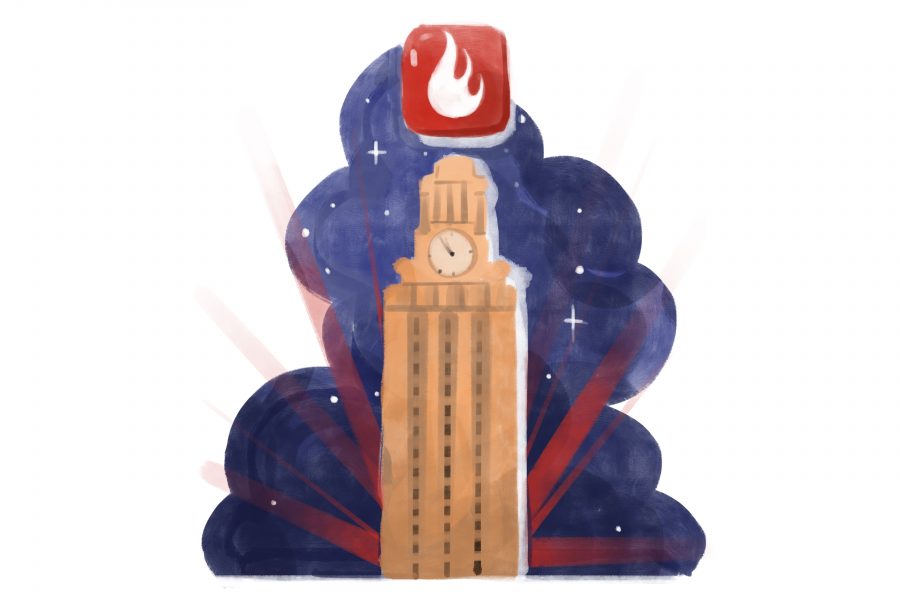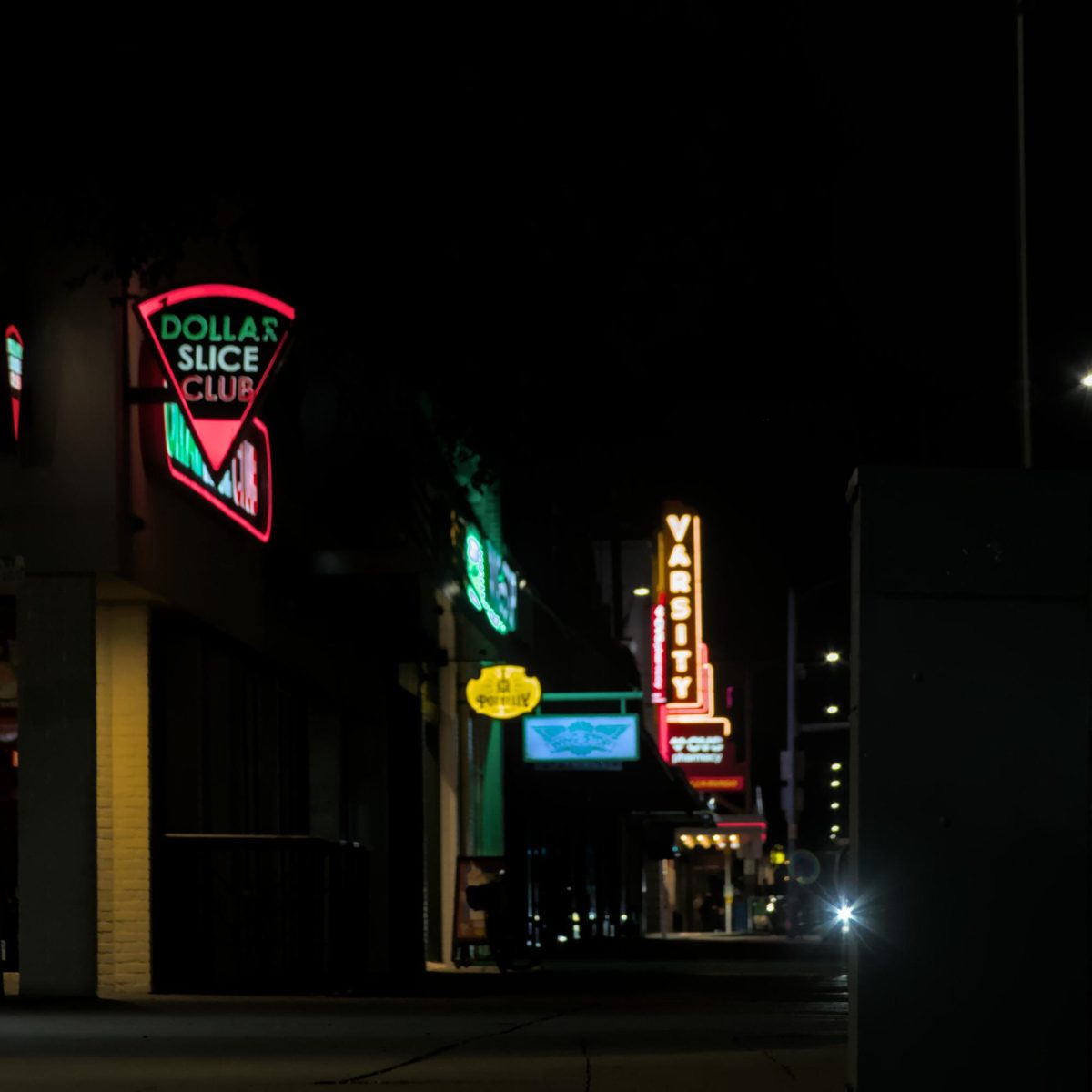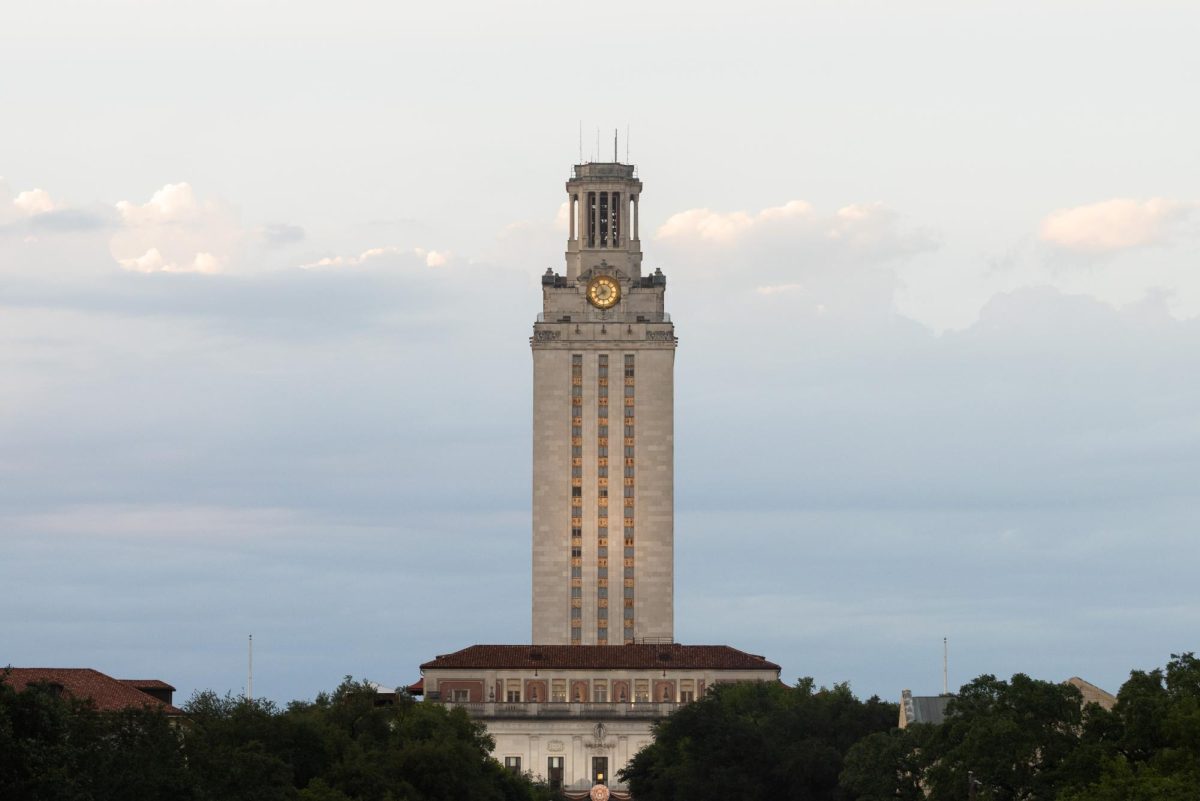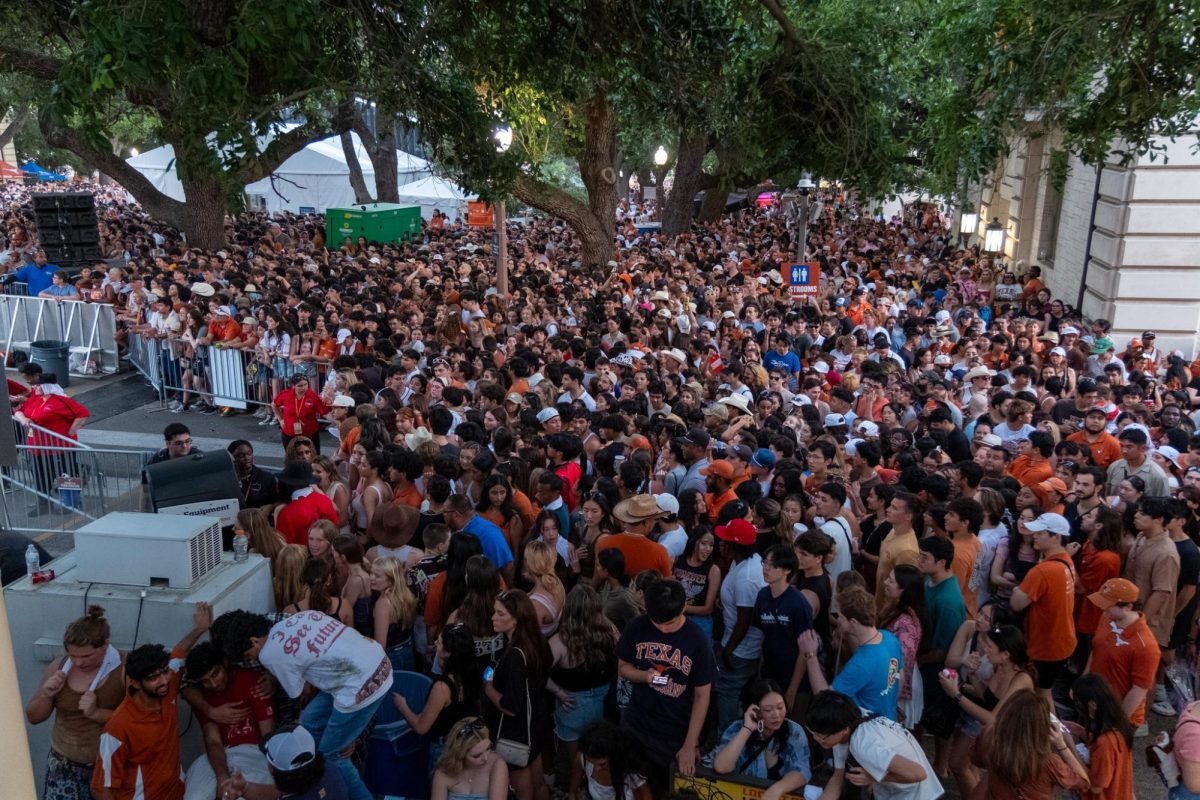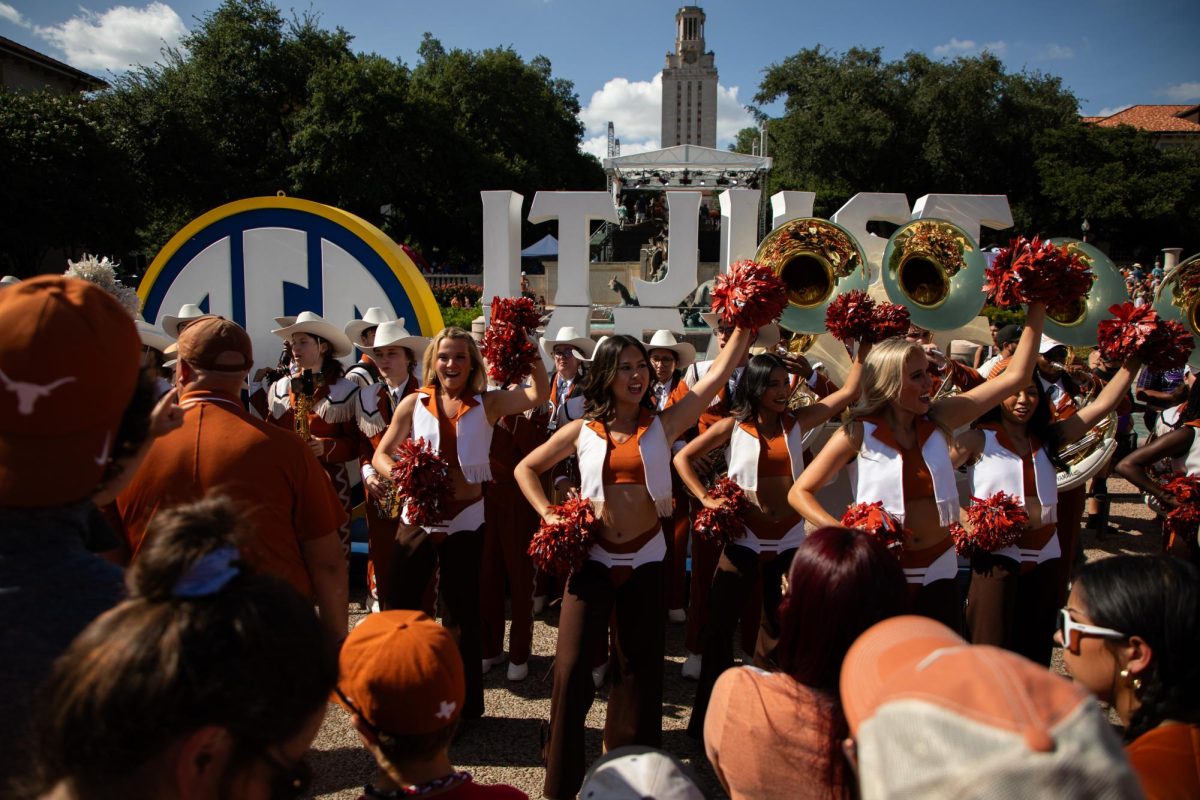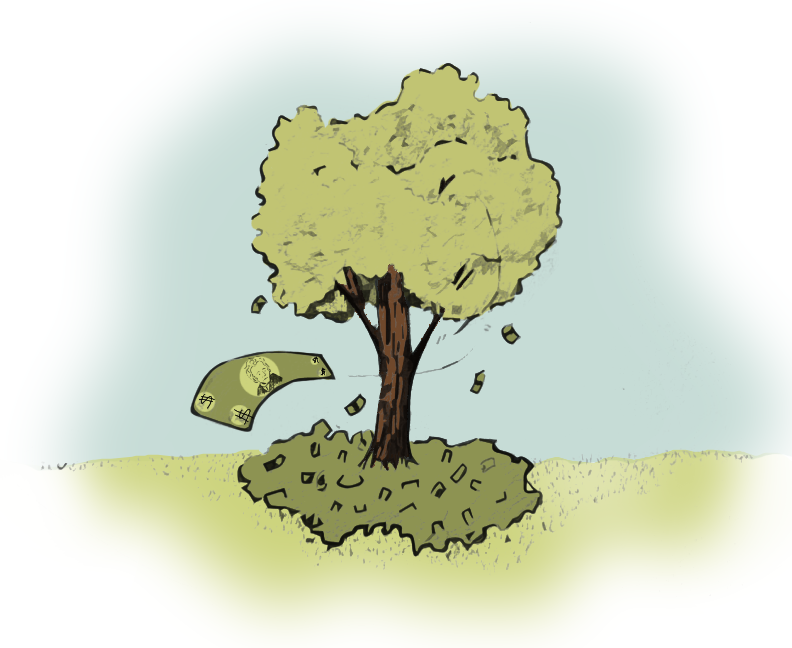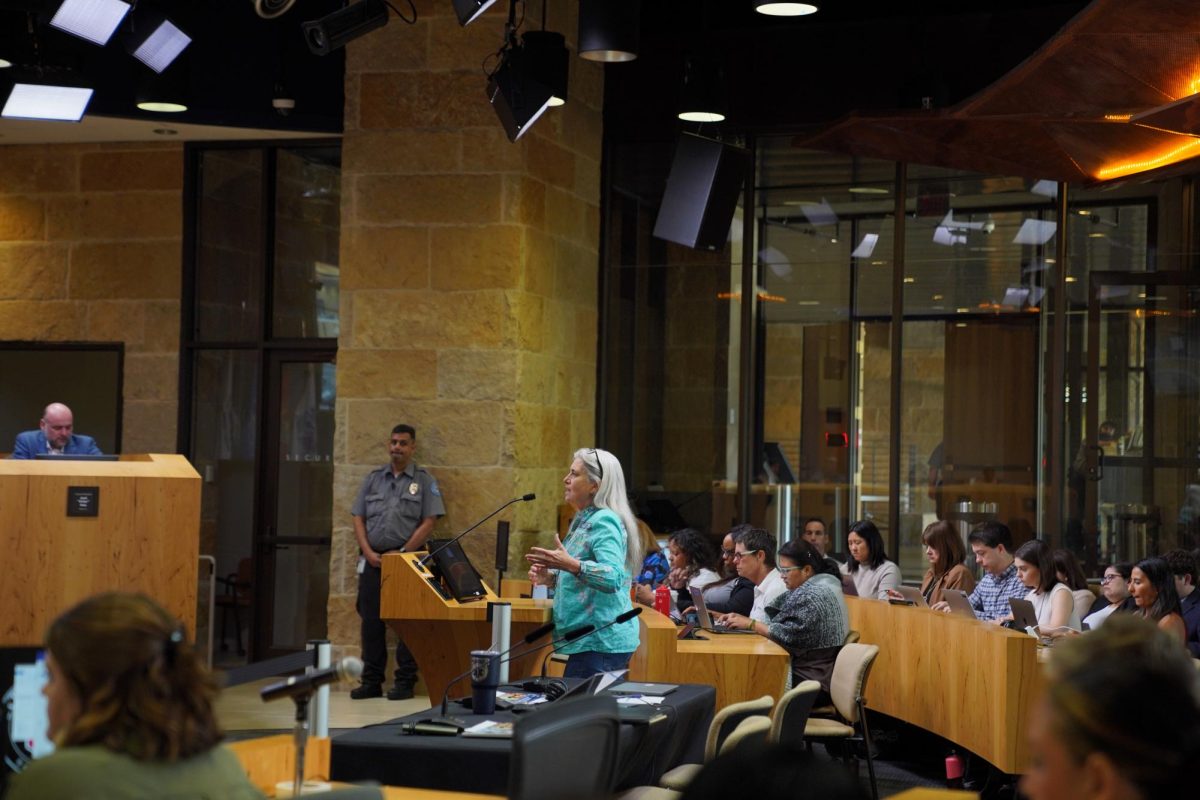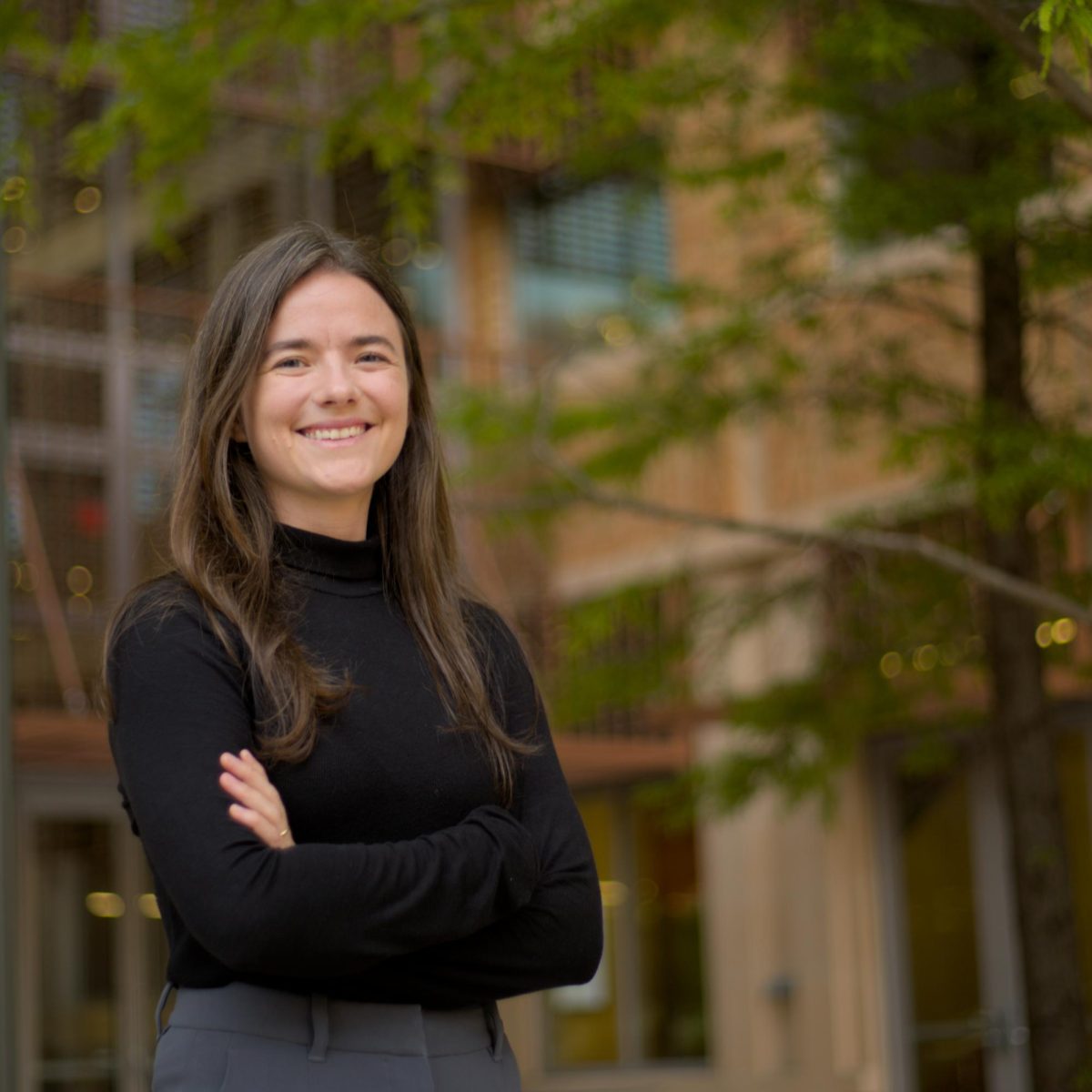Mayor Kirk Watson signed a wildfire disaster declaration on Aug. 15 after prolonged hot and dry weather conditions put the city at “critical risk of wildfire,” according to a press release.
“A disaster declaration helps us to be further prepared in the event of a wildfire and the damage that results from it, the declaration allows us to move quickly and access the necessary resources to help us recover,” said Watson in the press release.
In addition to the disaster declaration, Travis County is under a burn ban until Sept. 20.
Geology professor Zong-Liang Yang said the combination of extreme heat, strong winds and dryness this summer make the ideal weather conditions for wildfires. Yang said a heat dome in the atmosphere directly caused the intense heat wave and dryness. The dome hovered over the U.S. for weeks, but he said he expects it to leave sometime next week.
Justice Jones, wildfire mitigation officer at the Austin Fire Department, said humans cause 90% of wildfires, so Austin encourages citizens to take caution in outdoor activities. Unattended campfires and discarded cigarettes are just a few examples of human actions that could cause wildfire.
“We want to empower people, and fear is not a good empowering factor,” Jones said. “But they need to be aware of their situation so they can make informed decisions. We try to do so in a way that couples the revealing that you have a problem you might not know you had with solutions.”
Jones said downtown Austin’s limited vegetation provides an advantage in preventing wildfires in the area. However, he said urban materials burn longer, spread fire faster and cause more damage to the air quality than burning vegetation or wildland.
Earlier this year, Austin Fire partnered with the University to create a website tracking the air quality surrounding fires in Austin.
Many wooden houses and buildings in West Campus can put students at risk, architecture professor Francisco Gomes said. He said more than the fire itself, however, smoke often causes harm.
“A lot of people who perish in building fires are actually dying from smoke inhalation rather than the fire,” Gomes said. “When you look at prevention, like what we do with buildings to prevent wildfire damage, and if you were to read the Wildland-Urban Interface code, it’s almost all focused on prevention of ignition.”
Gomes said that students living in older, easily combustible wooden buildings should try to prevent ignition by clearing leaves from the gutters and limiting the amount of plants touching the building. In case of ignition, he said students should prepare by ensuring their smoke detectors work properly, windows can easily open, and hallways stay clear of obstructing clutter.
Austin released a guide elaborating on wildfire safety in July in the middle of the Texas heat wave.
“Our priority in the fire department is life safety,” Jones said. “If people are not evacuated, we’re not going to be able to defend homes until we get everybody out of harm’s way. People are worried about their homes. We’re more worried about the people in the homes.”



